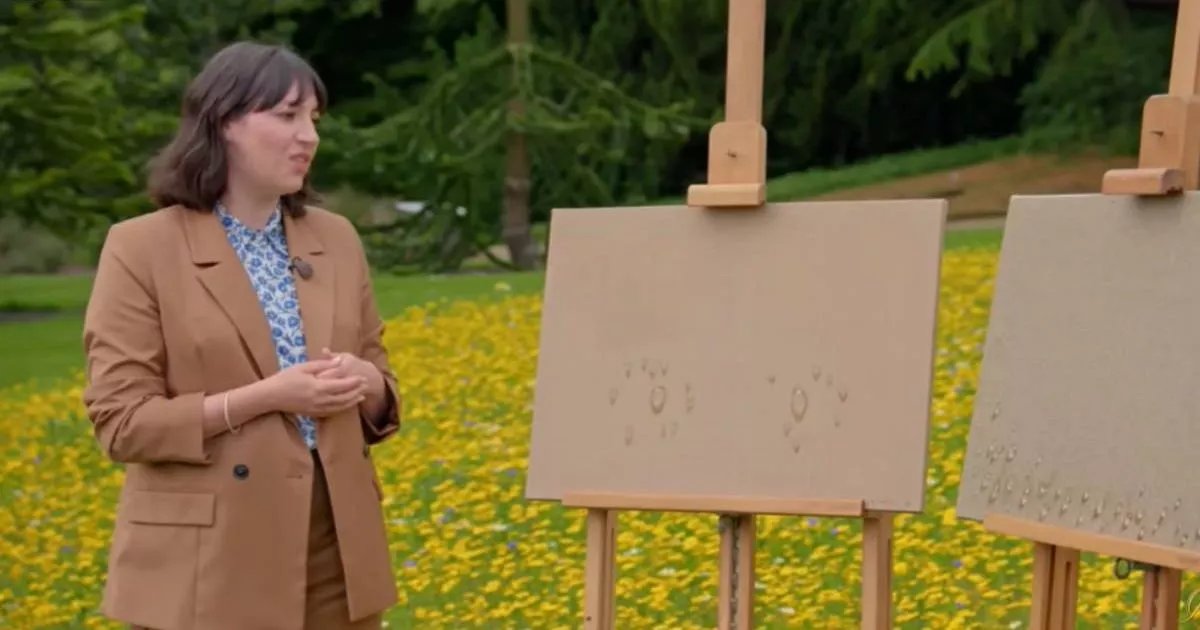Adding a sustainable lens
While one approach to being ecological is through the use of recycled materials, non-toxic paints provide an additional means of artistic expression that is consistent with environmental preservation.
Diana emphasises the use of non-toxic materials or chemicals. “I don’t buy canvas or acrylics for my artwork. I use natural stone colours and natural clay colours, and I mix them with tamarind seed powder and Arabic gum.”
However, artist Maanas Udayakumar, who works with oil paints and ceramics, has a different perspective of sustainability in art. “I don’t see my ceramic or oil painting work aligning with sustainable practices. It’s often said that ceramics are sustainable, but I feel quite the opposite. While clay and other materials come from the earth, once clay is fired, it becomes non-degradable. This creates a lot of waste, much like the excess concrete in construction,” he says.
Many ceramic artists, including myself, end up with damaged or broken pieces that are simply discarded. While some of these can be reused, such as broken ceramic bits being repurposed in tiling, it’s a very small fraction,” the artist adds.
For him, the creation of art is a spontaneous and personal journey, not one driven by the intent to raise social or environmental awareness. But Maanas has noticed that many artists tie their work to political or environmental causes, even when their practices may contradict those very causes.
Art as a tool for change
According to Reshma, it’s not just about creating eco-friendly products, but also encouraging consumers to actively participate by using and reusing these items. “Art can play a major role in raising awareness about sustainability, but ultimately, it’s up to individuals to take action. For me, creating art and toys is about merging creativity with a responsibility to the environment,” she says.
In a world that is grappling with urgent ecological challenges, sustainable art offers a powerful medium for change. Through both message and medium, artists can inspire more responsible environmental behaviours, prompt public discourse on sustainability, and foster a deeper connection between humanity and the planet. As this movement continues to evolve, art remains a vital and vibrant force in the push for a more greener future.
What else could be a better platform for action and change other than the voice of art?
As Diana concludes, “In the next five years, I am not very sure, but I do believe the outcome or the wave is going to be massive, not just from me, or through my curations, but with growing technological advancements and environmental concerns, sustainability is going to be the mantra. People will have no choice but to pay attention to the increasing climate change issues and biodiversity loss.”
E-mail: apurva.p@newindianexpress.com
X: @appurvaa_






